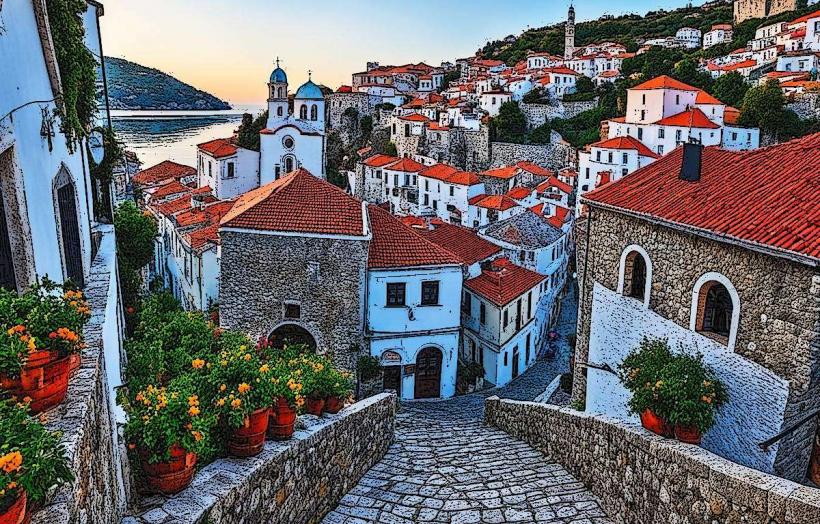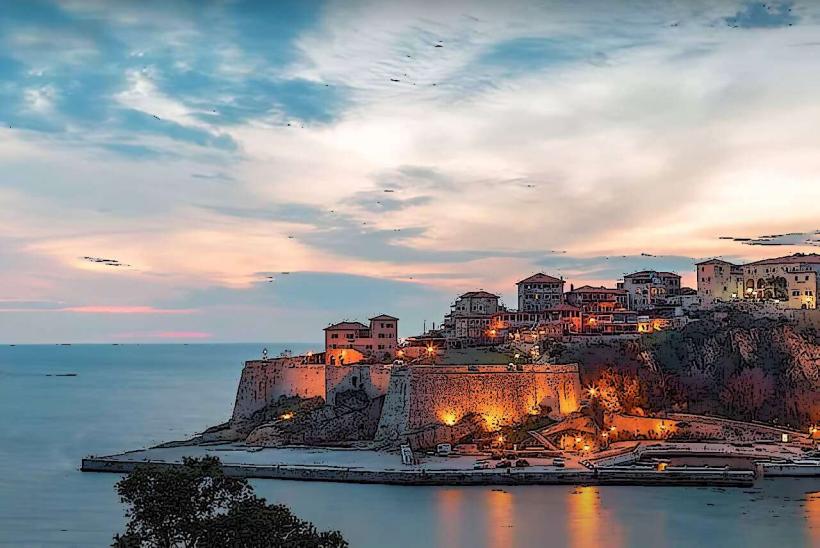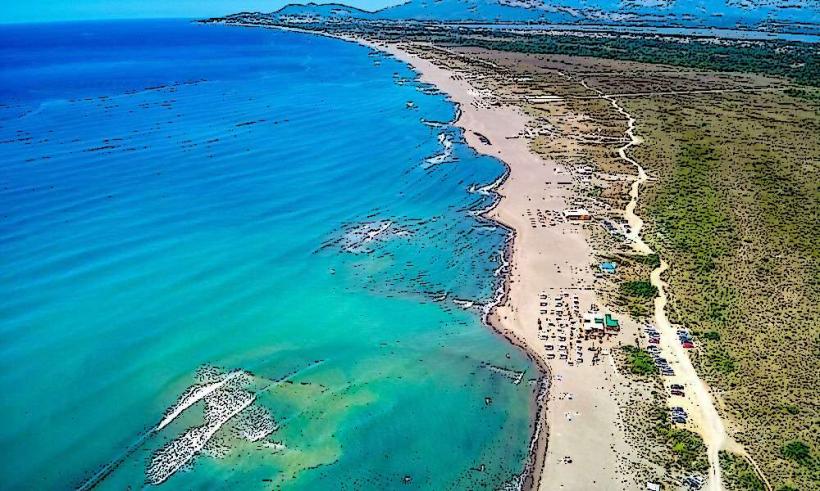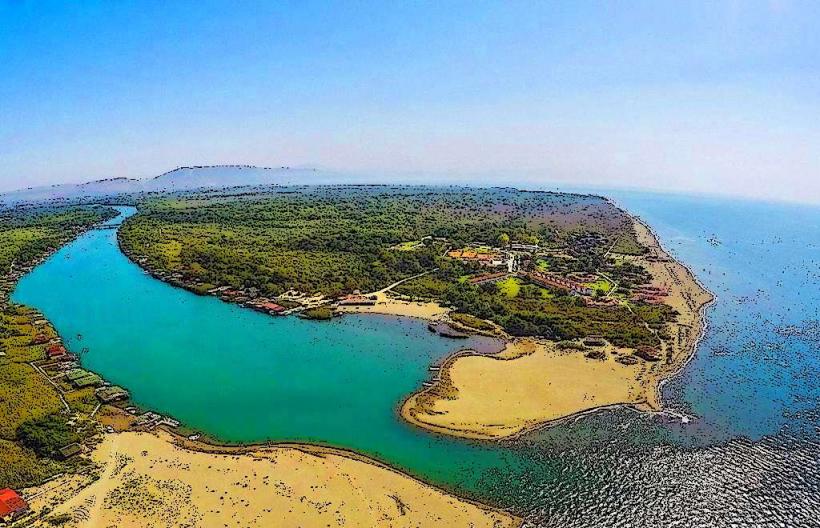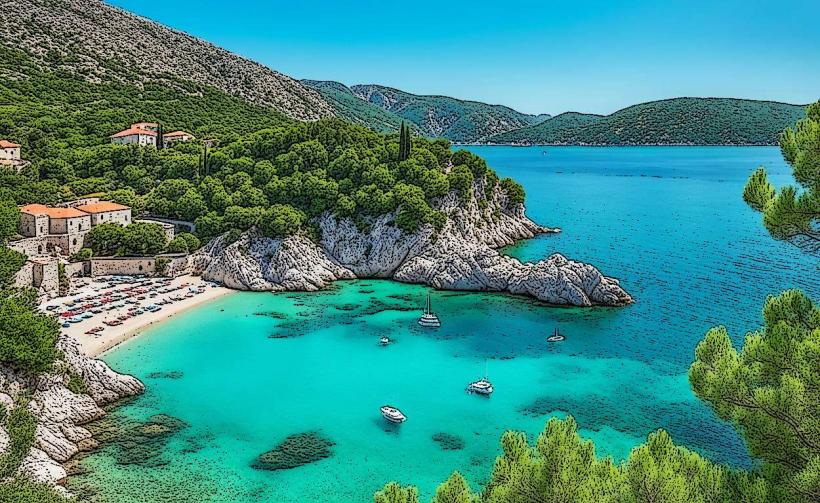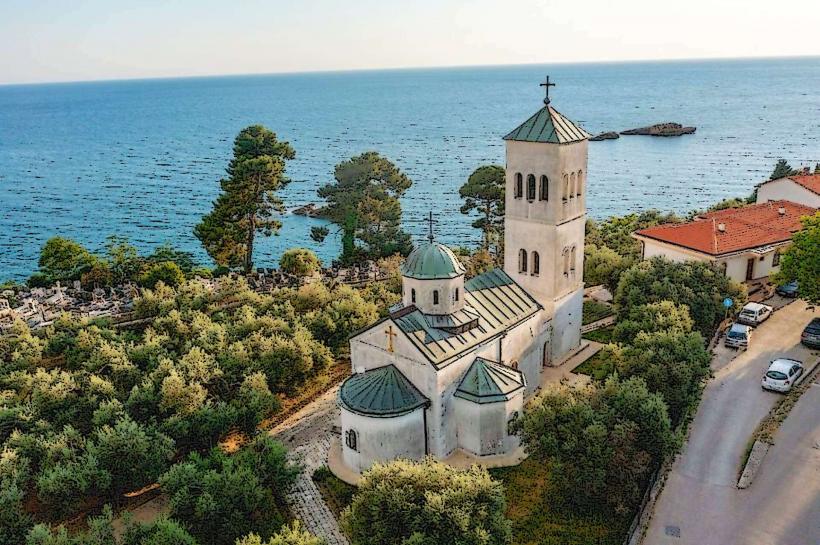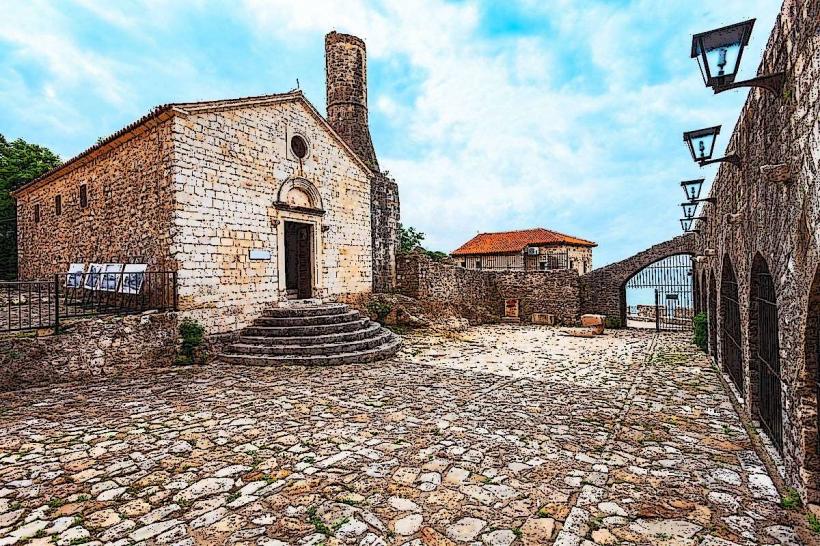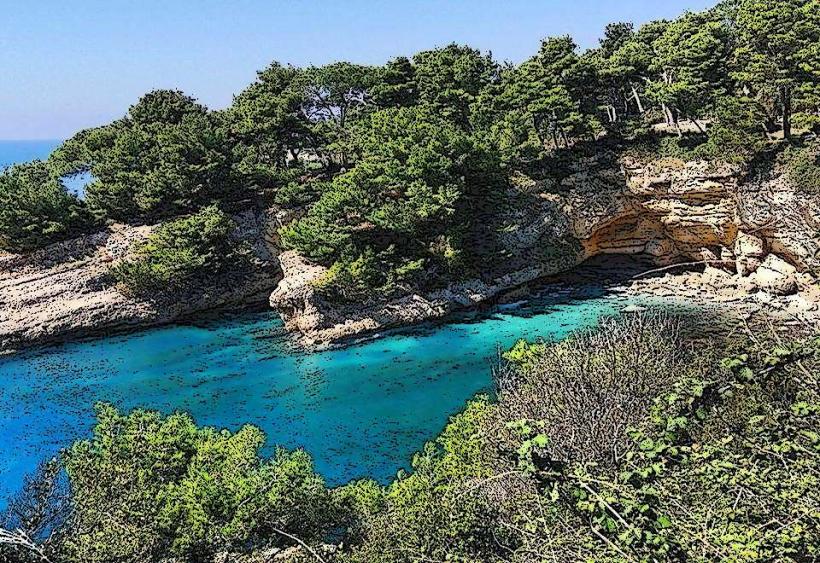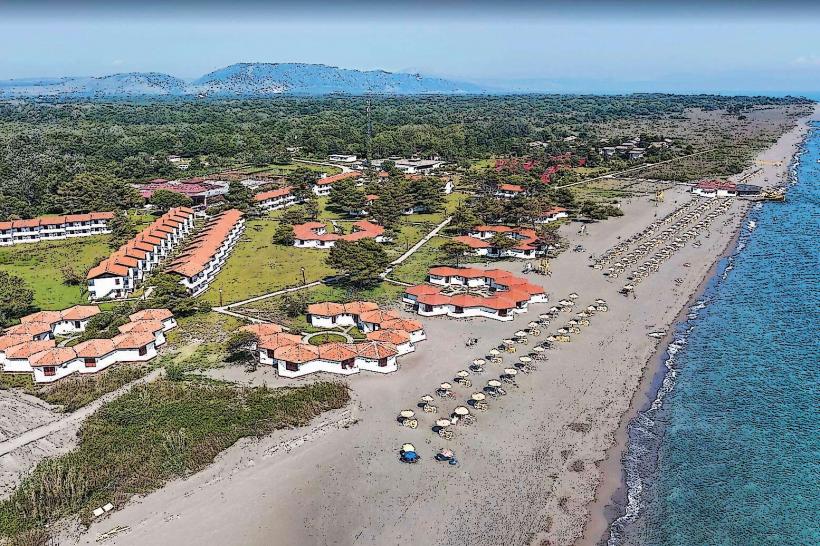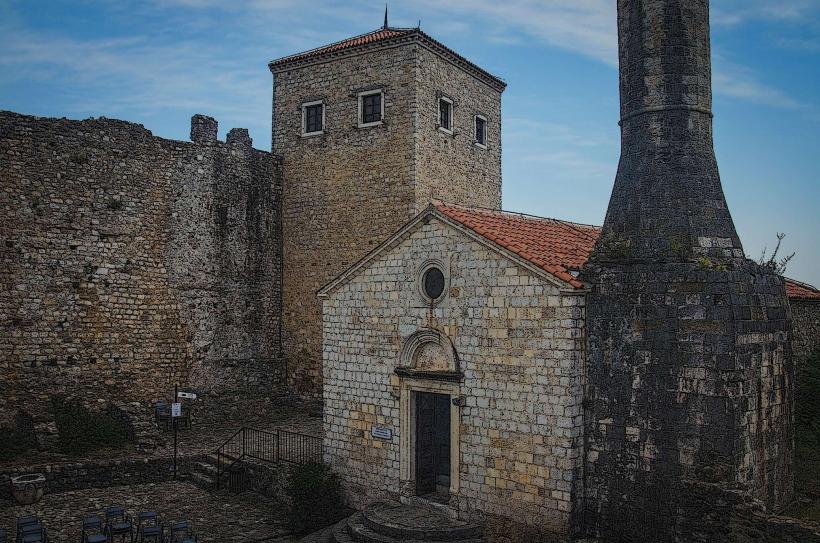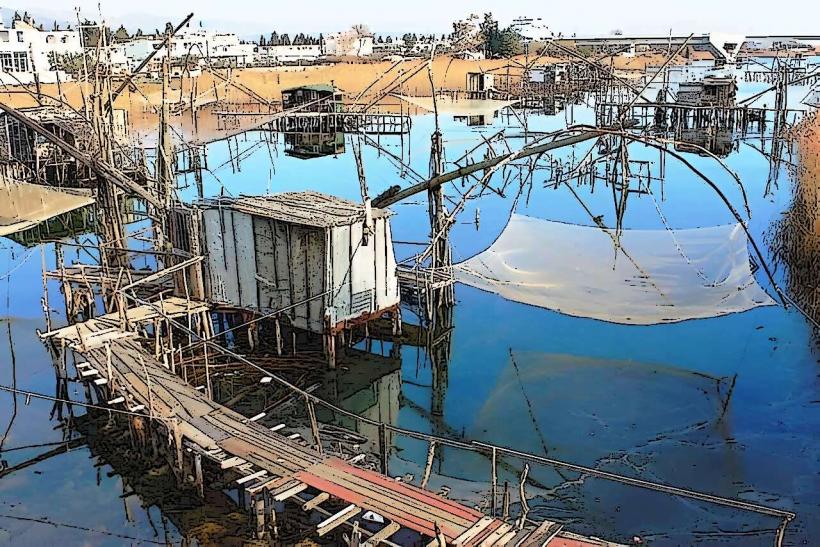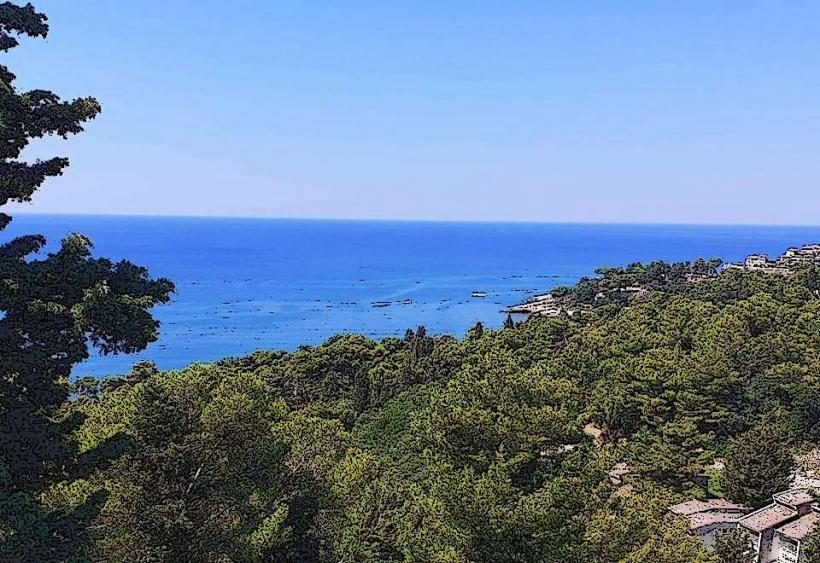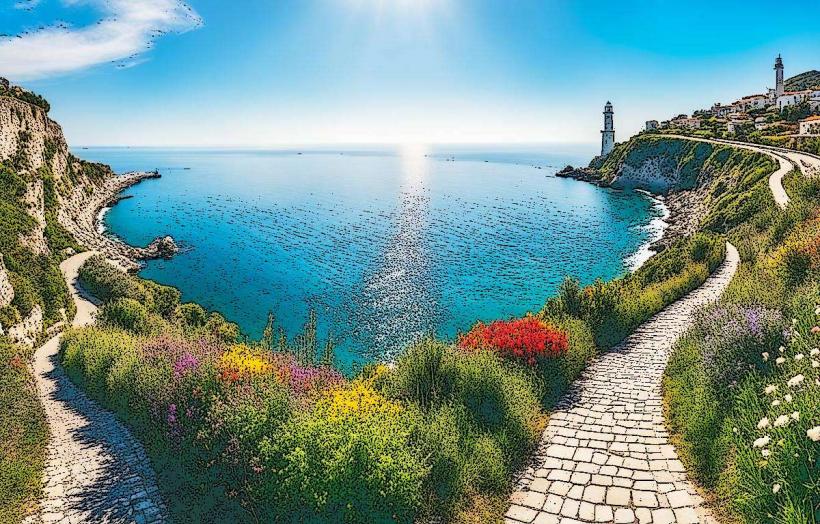Information
Landmark: Old Mosque of UlcinjCity: Ulcinj
Country: Montenegro
Continent: Europe
The Old Mosque of Ulcinj (also known as Stara Džamija in Montenegrin) is a historic mosque located in the heart of Ulcinj, a coastal town in southern Montenegro. The mosque holds both historical and cultural significance for the local population and visitors. Here’s a detailed look at the Old Mosque of Ulcinj:
Location and Accessibility
- Geographic Location: The mosque is located in the Old Town of Ulcinj, near the central area and the narrow cobblestone streets that characterize the historic part of the town. It is situated in the southern part of the town, with easy access from the town’s main thoroughfare.
- Accessibility: The mosque can be reached by foot from anywhere within the Old Town. Ulcinj’s Old Town is a charming area, with many historical and cultural landmarks, making it an ideal place for walking tours.
Historical Significance
- Construction: The Old Mosque of Ulcinj was built in the 16th century, during the time when Ulcinj was part of the Ottoman Empire. The mosque reflects the architectural style of the period and is one of the oldest surviving Ottoman buildings in the region.
- Cultural Role: The mosque has long served as a place of worship for the local Muslim community. It is an important symbol of the town's diverse religious and cultural heritage, as Ulcinj has been home to a mix of Muslim, Orthodox Christian, and Catholic populations over the centuries.
- Architectural Influence: The mosque is a prime example of Ottoman architectural influence in the region. It features traditional Ottoman design elements, including a simple yet elegant structure, a minaret, and a courtyard for prayer.
Architecture and Design
- Simple and Elegant Structure: The mosque follows the typical Ottoman design with a rectangular prayer hall covered by a domed roof. The interior of the mosque is modest, with traditional furnishings and decor, though it has been maintained and renovated over the years to preserve its historical character.
- Minaret: The mosque has a minaret, which is an essential feature of Ottoman-era mosques, used for the call to prayer. The minaret of the Old Mosque is a prominent feature in Ulcinj’s skyline, visible from various points in the town and the coast.
- Courtyard: Like many traditional mosques, the Old Mosque of Ulcinj has an open courtyard, where worshippers can gather before or after prayer. The courtyard is often a peaceful space, providing a quiet atmosphere for contemplation.
Cultural and Religious Importance
- Place of Worship: As a functioning mosque, the Old Mosque of Ulcinj continues to serve the local Muslim community for daily prayers and special occasions. It holds a place of religious and social importance for the people of Ulcinj.
- Cultural Heritage: Beyond its religious significance, the mosque is a key part of the cultural heritage of Ulcinj. It represents the long-standing Ottoman influence in the region and the town’s historical role as a multicultural center, particularly during the Ottoman era.
- Symbol of Coexistence: Ulcinj has a long history of religious and cultural coexistence, and the Old Mosque stands as a reminder of this history. The mosque is part of the broader story of Ulcinj’s rich, diverse heritage, which includes a mix of Islamic, Christian, and Jewish influences.
Nearby Attractions
- Ulcinj Old Town: The mosque is located in Ulcinj’s Old Town, which is home to numerous other historical and cultural landmarks. The narrow streets, medieval walls, and historic buildings make it an ideal area for exploration. Highlights of the Old Town include the Ulcinj Castle, the Ethnological Museum, and the City Gates.
- Long Beach (Velika Plaža): Just a short distance away, the Long Beach is one of Montenegro’s largest and most famous beaches, known for its golden sand and crystal-clear waters. The beach is a popular spot for sunbathing, swimming, and water sports.
- Sveti Nikola Island: A beautiful, uninhabited island located just off the coast of Ulcinj, Sveti Nikola is a great destination for day trips, with hiking trails, beaches, and scenic views.
- Ada Bojana: South of the town, Ada Bojana is an island where the Bojana River meets the sea. It’s known for its peaceful atmosphere, beautiful beaches, and water activities, including windsurfing.
Why Visit the Old Mosque of Ulcinj?
- Historical and Cultural Significance: The mosque is a key part of Ulcinj's rich history, representing the town’s Ottoman past and its multicultural heritage.
- Architectural Beauty: The simplicity and elegance of the mosque’s Ottoman architecture make it a visually appealing landmark in Ulcinj.
- Religious Importance: For those interested in the religious history of Montenegro, the Old Mosque offers a chance to learn more about the Islamic presence in the region.
- Peaceful Atmosphere: The mosque’s location within the serene Old Town of Ulcinj provides a peaceful environment, ideal for reflection and exploration.
Conclusion
The Old Mosque of Ulcinj is a must-visit for those interested in the history, architecture, and religious heritage of Ulcinj. Its historical significance as one of the oldest mosques in the area, combined with its peaceful location in the heart of the Old Town, makes it a key cultural and spiritual landmark. Whether you are exploring the streets of Ulcinj’s Old Town or seeking a quiet moment of reflection, the Old Mosque is an essential stop in understanding the rich, multicultural history of this beautiful coastal town.

